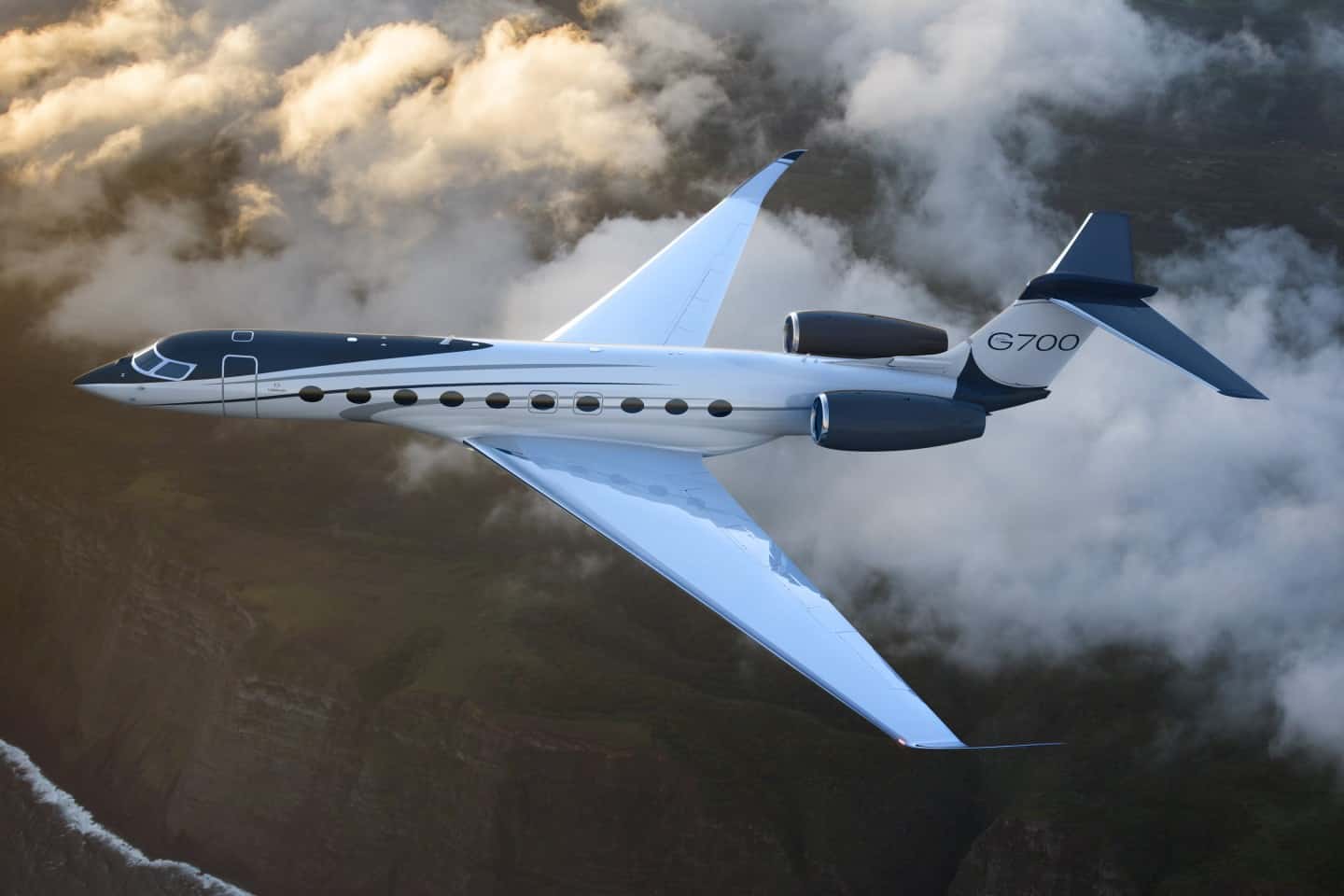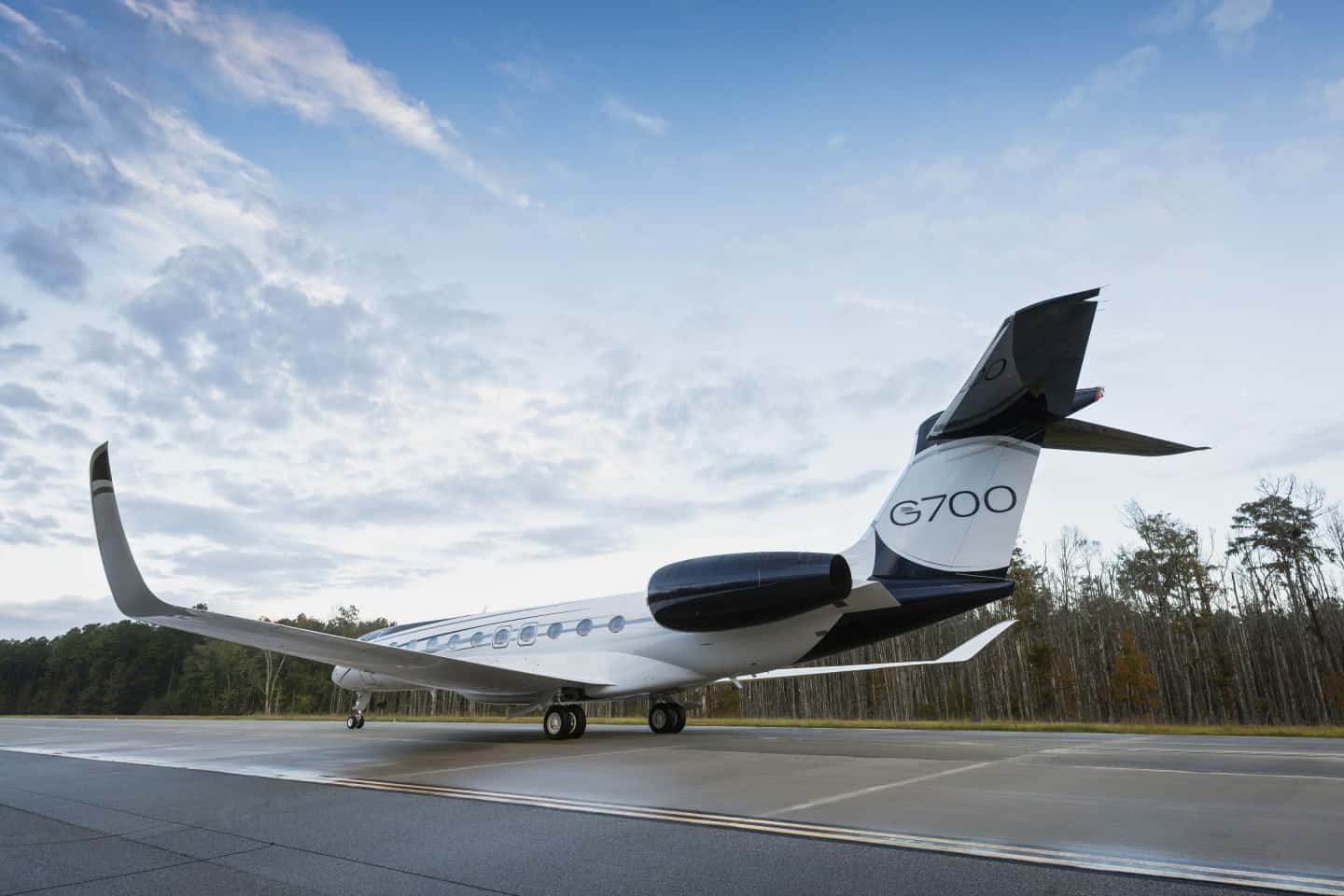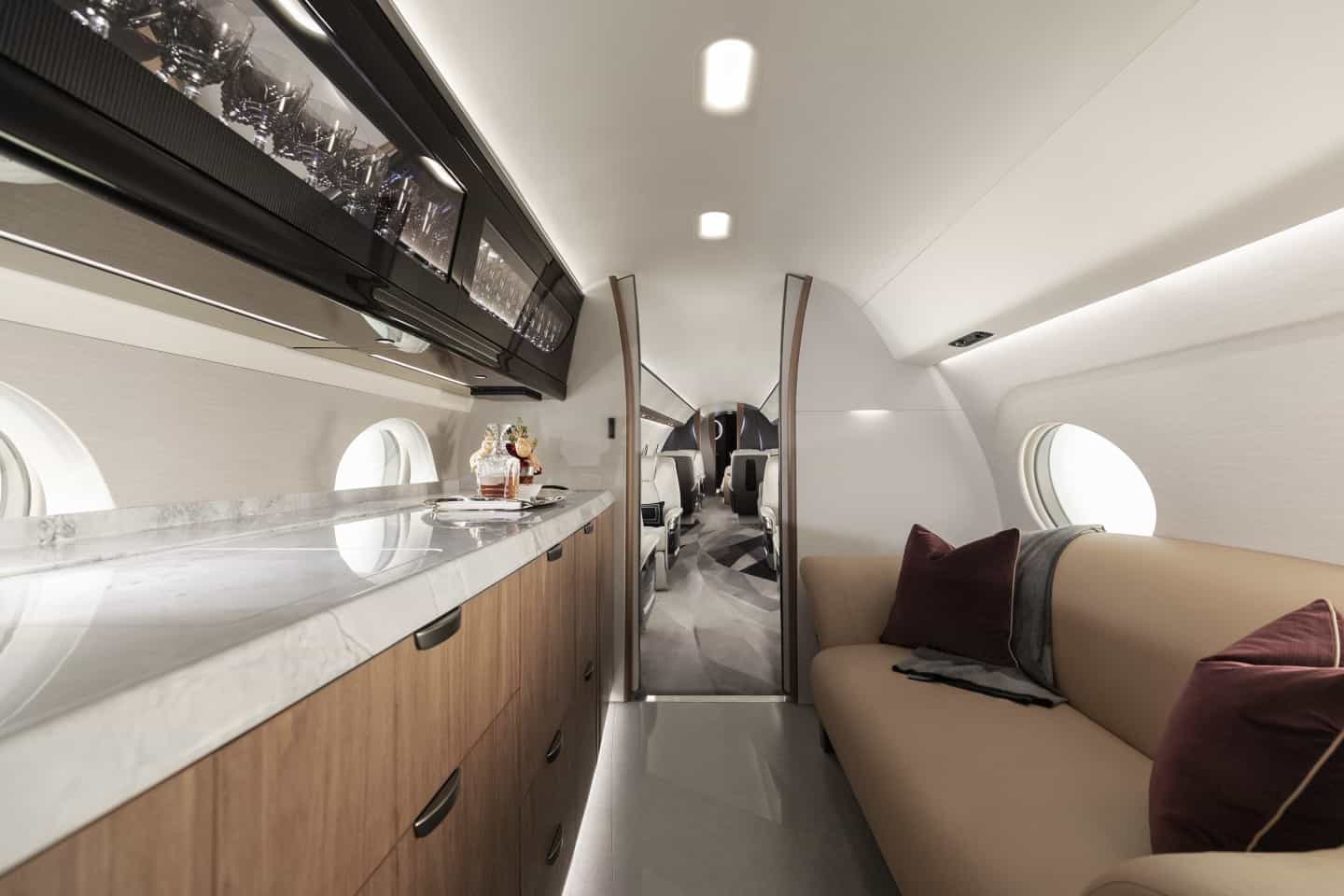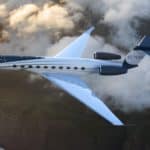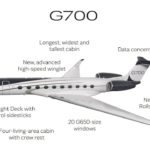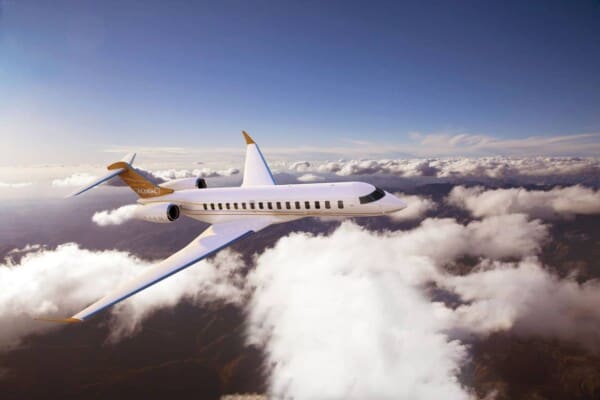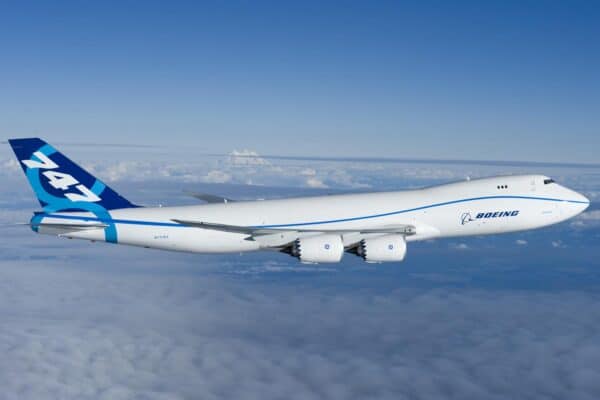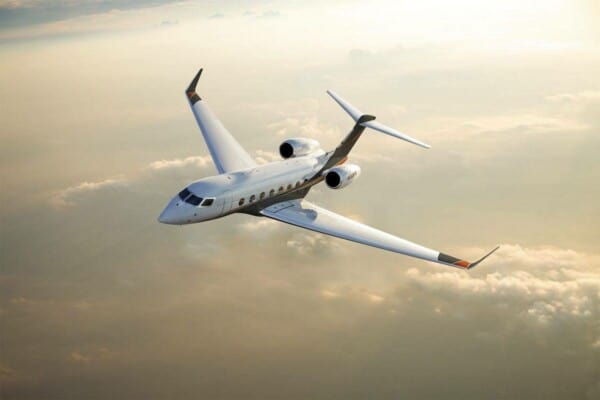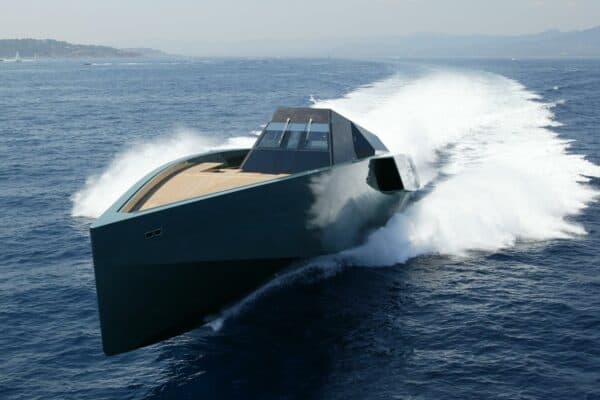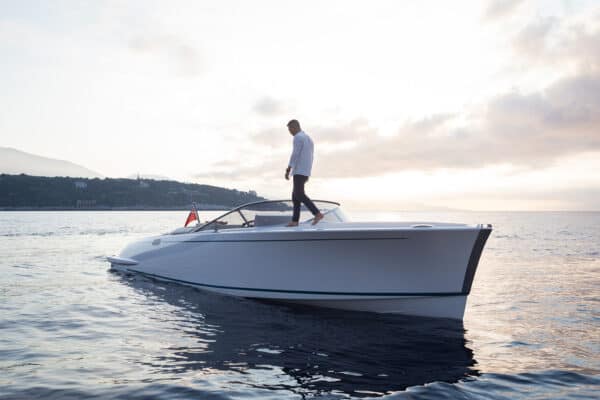Gulfstream Aerospace rocked the aviation industry a few days ago with the launch of a new 19-passenger business jet called the G700 – the company’s newest flagship, that aims to compete with Bombardier’s Global 7500. Unveiled at the 2019 National Business Aviation Association Convention & Exhibition in Las Vegas, the new Gulfstream flagship jet is powered by all new, high thrust Rolls-Royce Pearl engines and offers an incredible 7,500 nm (13,900 km) range.
It’s the largest aircraft built by the General Dynamics subsidiary, with a stunning wingspan of 103 ft (31.39 m) and the tallest and widest cabin in the industry, that’s 57 ft (17.35 m) long, 6 ft (1.91 m) high and 8 ft (2.49 m) wide. The spacious cabin could have up to five living areas, with seating for up to 19 passengers or sleeping berths for up to 10. The layout will also include a six-place dining / conference area and a cool master suite, with a private shower.
In addition to all this, the G700 will have a large galley with a crew area that could be also turned into a passenger lounge, 20 Gulfstream panoramic oval windows, plus a new circadian lighting system that reduces stress and jet leg by imitating the sunrise and sunset rhythms during long flights.
Powering up the G700 are two massive Rolls-Royce Pearl 700 engines which generate 18,250 lb of thrust. The G700 has a maximum speed of Mach 0.925 (690 mph or 1,110 km/h), with a maximum range of 7,500 nm (13,900 km) and a top cruising altitude of 51,000 ft (15,545 m). The jet’s new winglets help it operate even on weight-restricted, short runway and high altitude airports.
But not only passengers will love this new Gulfstream jet. Pilots will surely appreciate the high end Gulfstream Symmetry Flight Deck, with active-control side sticks, touchscreen controls and numerous flight safety systems like the Predictive Landing Performance System, the company’s Enhanced Flight Vision System and the Synthetic Vision technology on dual head up displays.
Gulfstream Aerospace announced the G700 has already went through 14,000 hours of lab testing, with five test aircrafts and a fully outfitted production jet being already under construction. Future customers should expect to receive the first G700s sometime in 2022.

